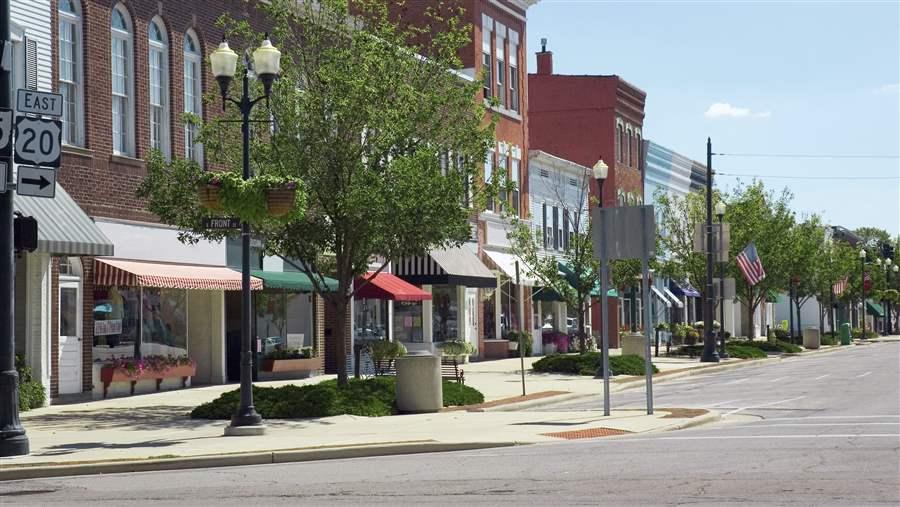3 Strategies to Increase Opportunity and Economic Mobility in Rural America
 © iStockphoto
© iStockphotoMany rural areas in the United States face challenges in creating opportunity for families.
The Pew Charitable Trusts, in partnership with the U.S. Senate Economic Mobility Caucus, hosted a briefing June 17 highlighting the challenges that rural communities face in creating opportunity. Panelists John Cromartie, Andrew Koricich, Nisha Patel, and Yvonne Sparks, and moderator Lance George, pointed to a lack of access to educational, financial, and social services and the migration of young professionals to urban centers as key barriers to economic mobility for rural Americans.
But, as Patel acknowledged, “catching up” rural communities can be a complex task. In addition to the challenges mentioned above, many rural areas have high rates of joblessness and lack affordable housing and transportation options. And obstacles to opportunity are often compounded as families are frequently confronting multiple challenges at once.
The panelists identified three practices with the potential to increase economic mobility in rural communities:
- Flexible community institutions. Given the lack of services and infrastructure in many rural communities, familiar community institutions must often fill a variety of roles and have the ability to address multiple client needs. For example, Community Development Financial Institutions (CDFIs) could offer extended financial counseling and technical assistance to individuals and small businesses in rural areas, especially if larger bank branches are scarce. Sparks noted that, by building relationships with families to help them save and acquire assets, CDFIs have been the “single most effective method” of bridging the gap between communities and financial institutions in rural areas.
- Creative collaboration. Cromartie and Patel noted that rural areas have higher rates of poverty and child poverty than cities do. Collaboration and geographic proximity among social service agencies, especially those implementing anti-poverty programs, are important ways to take advantage of available staff expertise in rural communities. For example, in Highland County, Ohio, agencies are working to streamline residents’ access to services and providing cross-training to enable staff to serve a variety of clients. Other rural communities across the country are banding together and working with community colleges and universities to develop and train workers to meet the needs of local employers.
- Technology as a bridge to opportunity. Rural communities often have technological limitations that exclude them from the greater educational and economic markets and that restrict academic and training opportunities to those available locally. Koricich pointed to community colleges as institutions that can help bridge the technological divide between rural and urban areas. For example, they can act as small business incubators, spaces for networking, and high-speed internet access points, using broadband and other technology to offer rural Americans access to remote jobs and online educational opportunities.
The panel also discussed an additional hurdle faced by rural communities: Programs that increase access to educational opportunities, infrastructure, and social and financial services often are not designed or evaluated with rural populations in mind. Panelists identified potential roles for the public and private sectors in conducting qualitative research to address these challenges, supporting entrepreneurship and innovation, and ensuring that Americans can move up the economic ladder no matter where they live.
Sarah Sattelmeyer is an officer with the financial security and mobility project.










